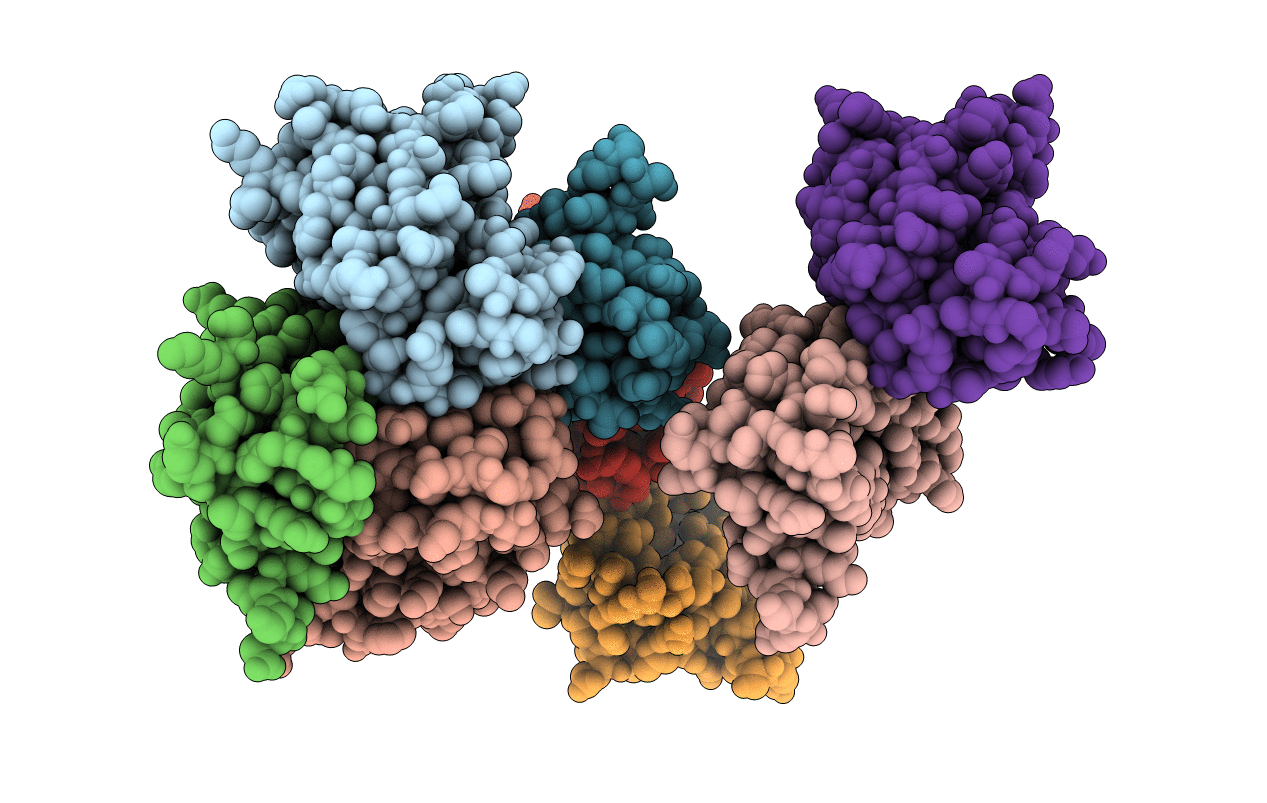
Deposition Date
2007-07-23
Release Date
2007-11-27
Last Version Date
2023-11-15
Method Details:
Experimental Method:
Resolution:
2.05 Å
R-Value Free:
0.24
R-Value Work:
0.19
R-Value Observed:
0.20
Space Group:
P 31 2 1


